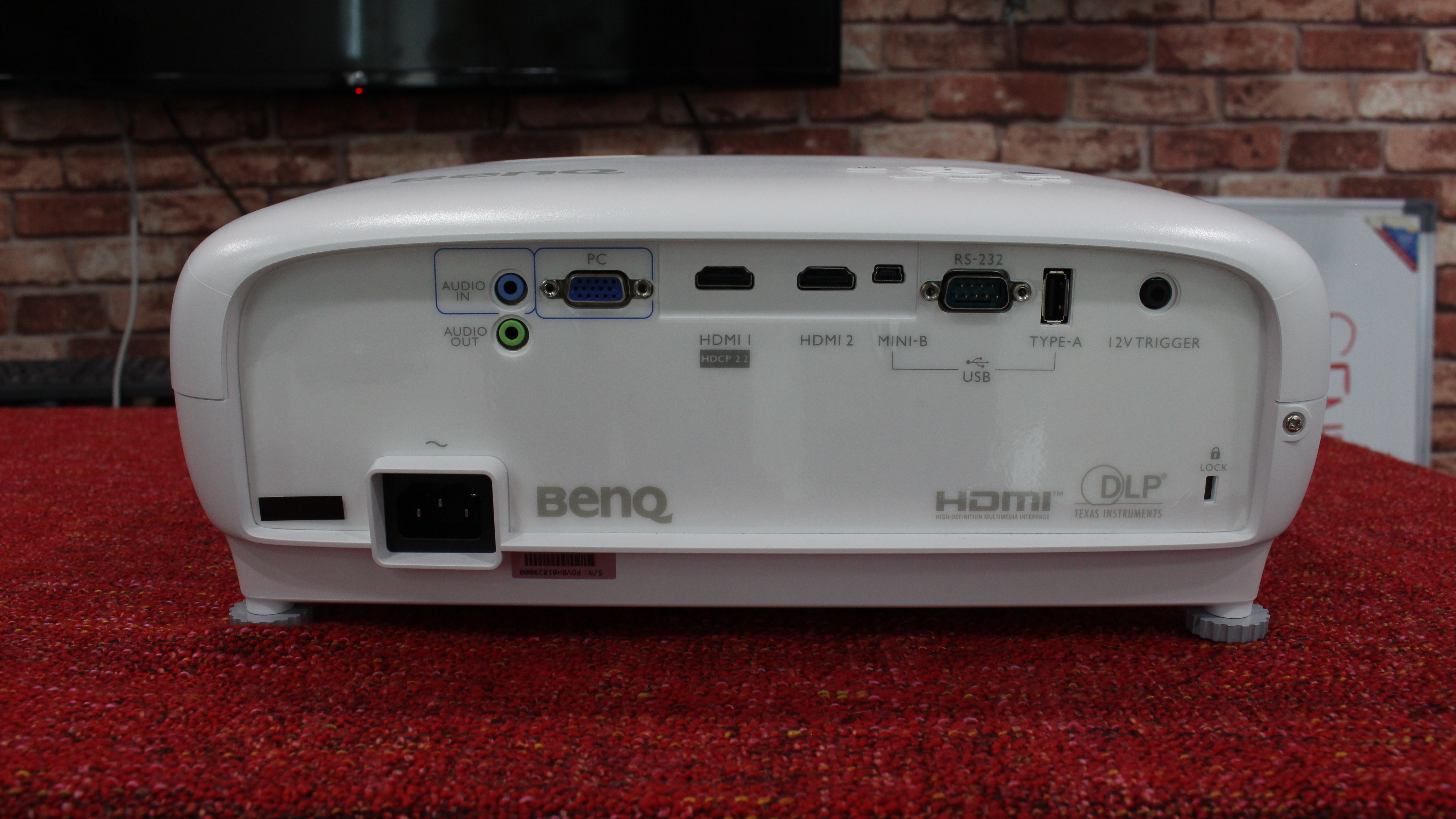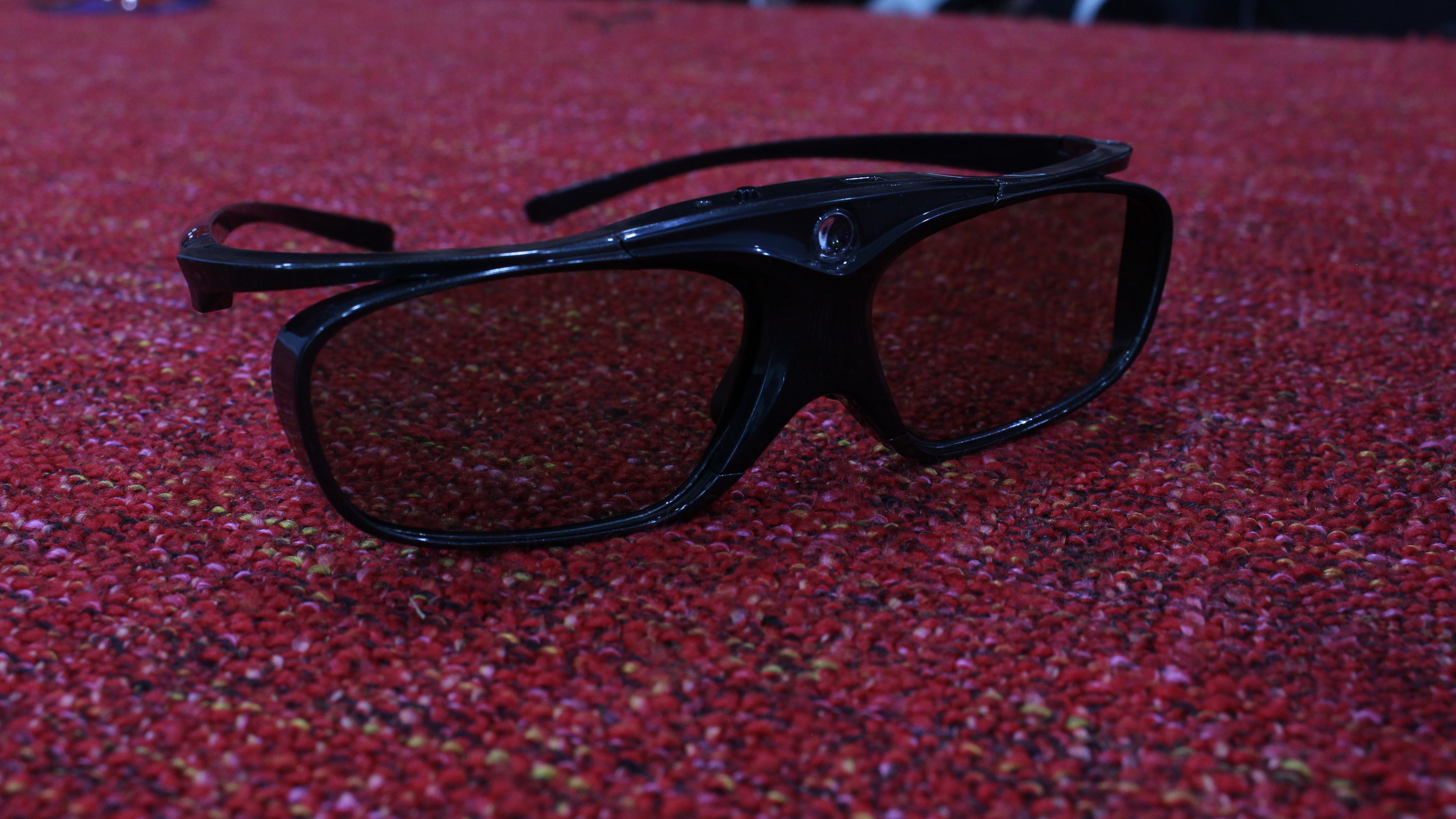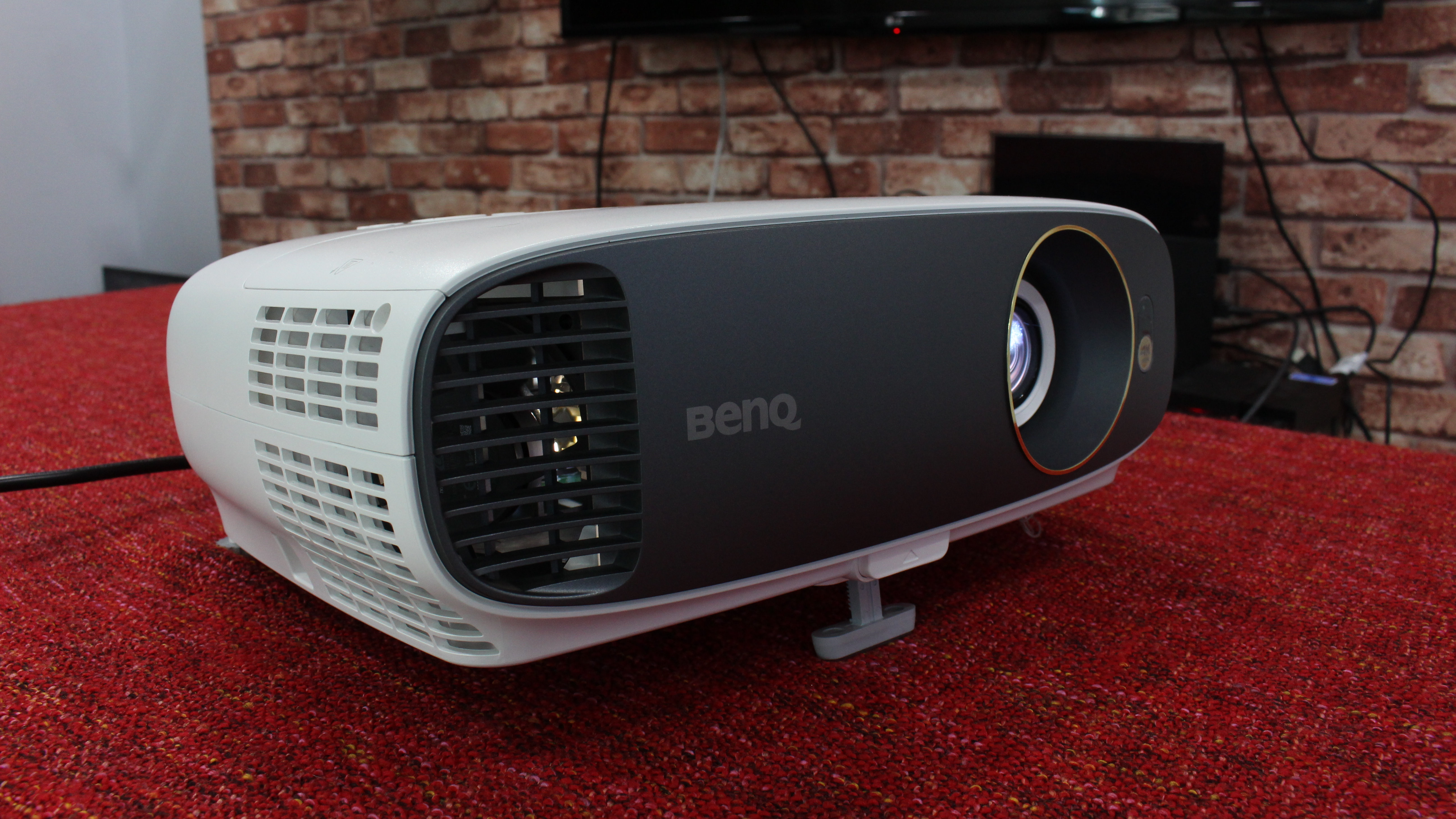TechRadar Verdict
A fantastic price point and keen visuals makes the W1700 a no-brainer for anyone looking to invest in a great home cinema projector.
Pros
- +
Attractive price point
- +
Strong 4K & HDR performance
Cons
- -
Faint light border
- -
Needs more HDMI ports
Why you can trust TechRadar
Most budget-conscious home users who want to enjoy 4K content will naturally gravitate to a 4K TV. After all, prices for these TVs have come down drastically, and the amount of 4K content available is slowly but surely on the rise, thanks to streaming services such as Netflix.
While TVs are no doubt a great investment, nothing quite lives up to the viewing experience of a having a projector set up at home. It is quite literally your own private cinema, and as with TVs, there are projectors to match pretty much any budget. But 4K projectors have been slow on the uptake, with earlier models being ludicrously expensive and massive in size. To tackle this problem, BenQ unveiled the BenQ W1700 – a standard-sized home projector that could deliver 4K results without hurting your wallet.
Price & availability
The price point for the W1700 is what will make you do a double-take. Available now and priced at AED 5,999 / $1,634, it’s a very affordable projector that will certainly spark your interest. While BenQ does have other cinema-grade 4K projectors, those models tend to be extremely large and are priced about the same as a small car. The W1700 aims to change that by pricing itself competitively to a good 4K television. The advantage of course it that the W1700 is much more portable, and can tailor the projection size depending on your setup.
Build Quality & Design
- All-plastic design
- Adjustable manual focus and 1.2x zoom
- Support for HDMI 2.0
The mostly plastic body of the W1700 feels sturdy, and weighs in at about 4.2kg. At the top you’ll find most of your projector controls as well as a manual dial for adjusting focus and another for adjusting zoom. There’s of course a handy remote control that’s backlit, which is perfect for when you need to change projector settings in a dark room and don’t want to flip on a light to see which button you’re pressing. As expected, there are adjustable feet on the bottom which help you to achieve the best projection angle.

Round the back is where you’ll find your various ports, including 3.5mm Audio In/Out, a USB Type A port (power only), a D-Sub PC port, and two HDMI ports. It’s important to note that only one HDMI port supports HDMI 2.0/HDCP 2.2, while the other is stuck at HDMI 1.4a/HDCP 1.4, so make sure you’re connecting the right devices to the right port. I really wish that BenQ would have axed the D-Sub port in favor for a third HDMI port – how many home users are still going to be connecting via a D-Sub port? Most instead will have multiple HDMI devices such as a digital set top box and perhaps several video game consoles. So here’s hoping that future models will include more HDMI ports and we’ll finally be able to wave goodbye to D-Sub for at-home projectors.

Specifications
- Contrast ratio of 10,000:1, brightness of 2200 ANSI Lumens
- Average 4,000 to 10,000 hours lamp life
- Active 3D support with Full HD only
BenQ has certainly gone into marketing overdrive with this projector, pointing out as many technical details as they can to really impress consumers. The W1700 features a contrast ratio of 10,000:1, and a brightness of 2200 ANSI Lumens. You’ll be looking at a lamp life of around 4,000 to 10,000 hours, depending both on your usage and what mode you’re running the projector in.

The W1700 also boasts projector-optimized HDR support, as well as a Rec. 709 HDTV standard for better color accuracy. It also surprisingly supports 3D (active), but only at a maximum resolution of 1080p. We personally don’t fancy viewing 3D content at home, but for consumers out there who still prefer this tech, the W1700 will deliver on it. Unfortunately there are no bundled glasses, so you’ll have to buy these separately and charge them up.
Sign up for breaking news, reviews, opinion, top tech deals, and more.

BenQ states that the W1700 offers ‘true 4K’ resolution, but there’s a bit more to this than meets the eye. The W1700 uses Texas Instrument’s 0.47 DMD chip, which has a maximum resolution of 1920x1080 pixels. The W1700 uses pixel shifting to then map an image four times on the screen, thus creating a 4K image. This is, for all intents and purposes a 4K image, and the important point to take away is that this allows the W1700 to use a more affordable 1080p DLP chip to map out a 4K image, rather than using a native 4K DLP chip which would be much more expensive. Projector purists may have an issue with this pixel mapping, but for everyday projector users this is hardly an issue, and it most certainly is never visible onscreen.

A former IT & Marketing Manager turned full time Editor, Nick enjoys reviewing PC components, 3D Printers, projectors, and anything shiny and expensive. He can also be found baking up a storm in the kitchen, which we are more than happy to encourage.
